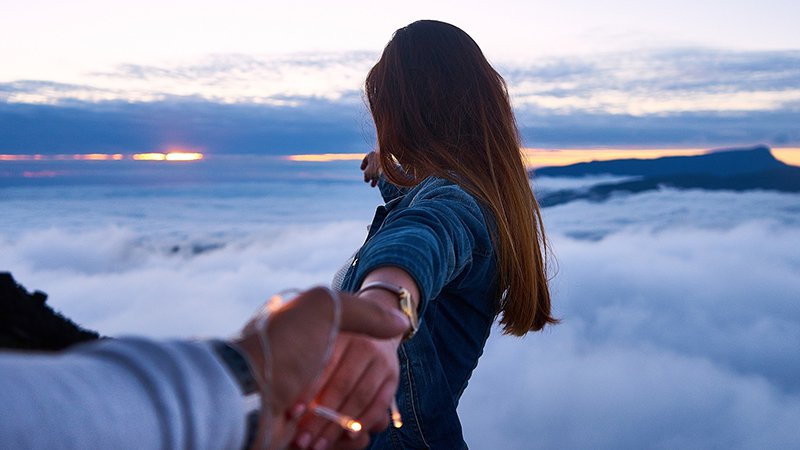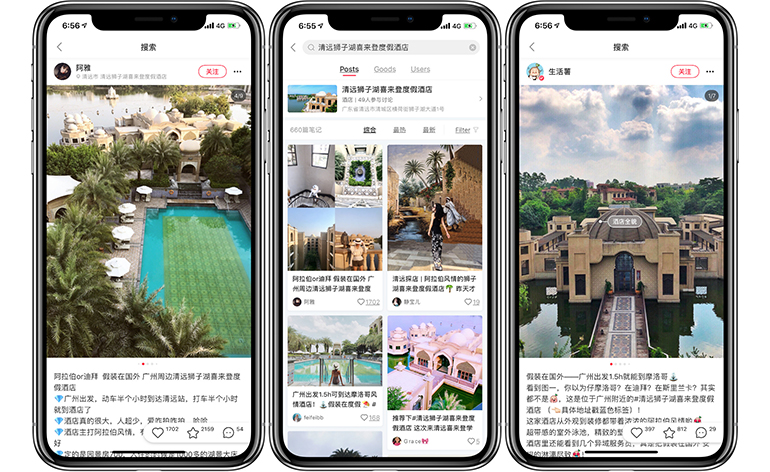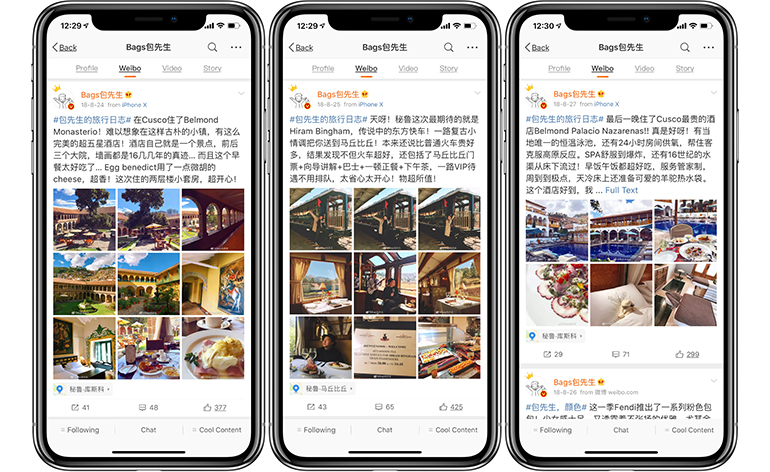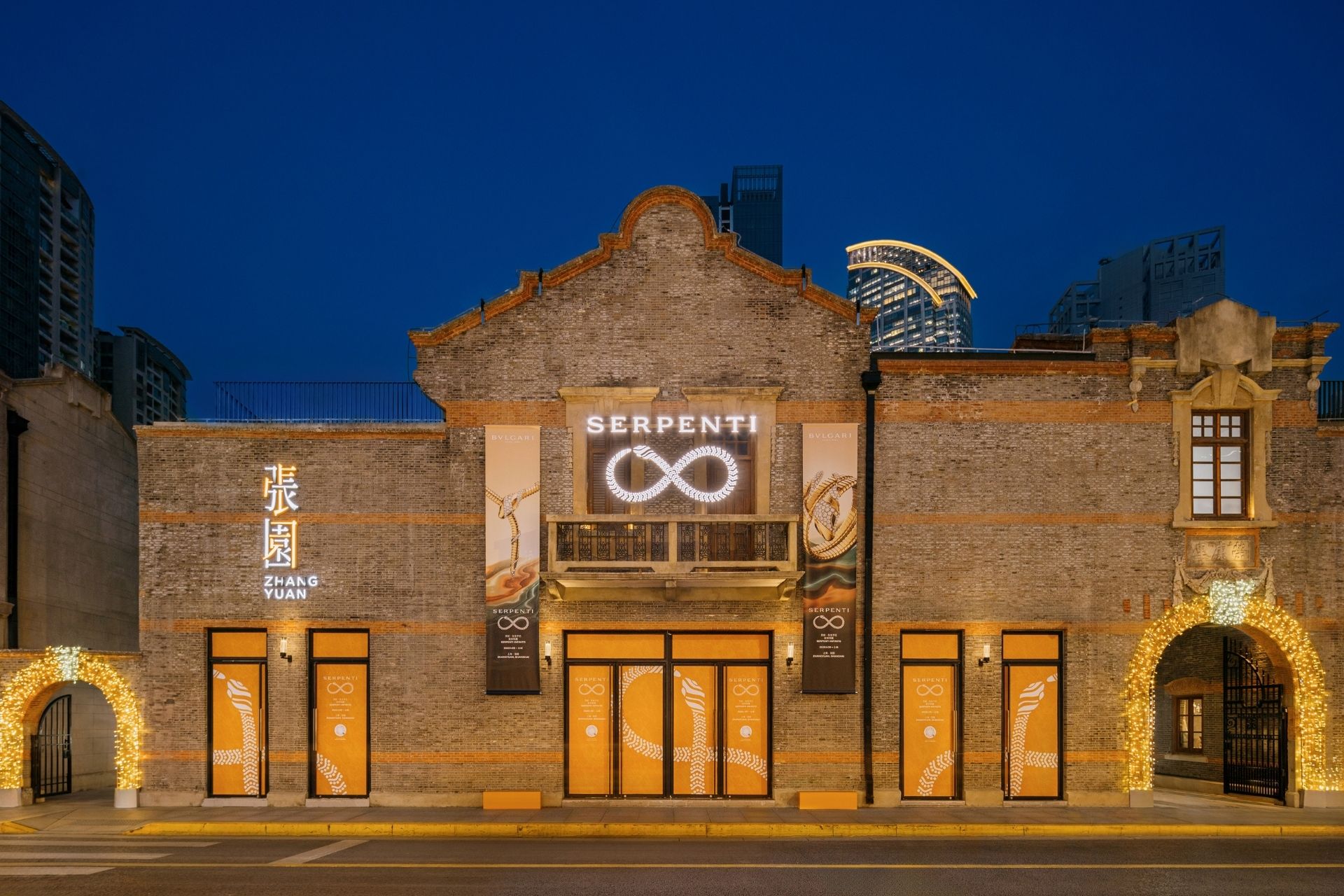Any travel brand on top of its marketing strategy is no doubt comfortable working with influencers who specialize in travel and tourism. But beyond this pool of travel influencers are social media mavens across a wide range of categories with tremendous untapped potential to work their content magic to reach new audiences.

Any travel brand on top of its marketing strategy is no doubt comfortable working with influencers who specialize in travel and tourism. But beyond this pool of travel influencers are social media mavens across a wide range of categories with tremendous untapped potential to work their content magic to reach new audiences.
We asked four travel and hospitality industry marketing experts in China how they’re seeking an edge by working with traveling influencers outside the travel and F&B; space to explore new opportunities offered on platforms like Xiaohongshu and Douyin.
Widen Your Traveling Influencer Pool
For hotels, working with traveling influencers has typically meant seeking out influencers focused on fields such as travel and F&B.; That’s now changing, as China marketing experts see opportunities to target customers whose main interests may be focused on other content categories.
Hotels are starting to work with lifestyle, fashion and fitness influencers to reach a wider audience. “We don’t just want our customers, or an influencer’s followers, to know about the hotel’s rooms or restaurants, but also the experience and lifestyle a hotel brand can provide,” says Susan, a PR manager at a luxury international-brand hotel in Beijing (who preferred not to use her real name) tells PARKLU. “It’s important to reach the ‘right’ target audience by working with traveling influencers covering different industries.”
Of course, much of the work of influencers covering fashion, fitness, and other industries “will intersect with travel,” says Starry Chen, of Asia-based luxury lifestyle and travel PR agency, Petrie PR. “By working with influencers in various related industries, a PR agency can help clients increase their visibility and influence among a wider range of people,” she says, adding that influencers can use collaborations with travel brands as opportunities to enrich their own content. Many influencers themselves are broadening their own coverage, from specializing in one field to adopting more of an all-around approach.
Travel brands could also find that traveling influencers who operate outside the traditional travel beat are enthusiastic and receptive collaborators, in contrast to travel influencers who might be jaded by familiarity with the industry.
“Travel KOLs have probably been numbed and spoiled by offers and deals from other over-spending travel companies over the years,” says Jeremy Webb, Senior Vice President of Ogilvy Beijing. “It’s less likely you can put together a deal that’ll genuinely impress them. Maybe a tech or fitness KOLs might be swayed by whatever you’ve got to offer.”
While choosing traveling influencers from a broader pool of content categories, brands must still choose carefully, evaluating potential partners for their suitability and likely effectiveness. “The audience of a KOL is as important as the KOL,” says Webb. “What brands need to do is to check there are enough of their potential consumers among the fans of that KOL. There usually are.”
Join Luxury Society to have more articles like this delivered directly to your inbox
Stay Relevant and Authentic
China marketing experts identifying traveling influencers for possible partnerships will consider the relevance of an influencer’s content or follower base. Follower numbers are important, but brands should pay attention to the degree of engagement an influencer’s content inspires. An influencer who has millions of followers, but whose content provokes low engagement rates from followers, may not deliver the results the brand hopes for.
Quality of content is another crucial factor, especially for high-end brands. The tone of an influencer’s content should also chime with the brand, says Susan, the hotel PR manager. “We need to choose an influencer who ‘speaks the same language’ as the brand,” she says.
Whatever format brands use when collaborating with influencers, authenticity is important. “The content that we are cooperating on with influencers is based on their own actual experience, and has a strong personal style,” Chen says. “That’s what clients expect.”
Think beyond WeChat
Finding your target audience starts with considering which social platforms they are on. When choosing influencers based in the mainland, “WeChat public accounts and Weibo are usually necessary, and the WeChat public account is relatively more important,” Chen says. However, China marketing experts value influencers who can publish to multiple platforms, such as Douyin and Xiaohongshu (Little RED Book).

Case Study: Sheraton Qingyuan Lion Lake Resort
The Sheraton Qingyuan Lion Lake Resort, a newly opened hotel located about 1.5 hours driving distance from Guangzhou, has seen growth in popularity primarily due to the buzz generated on Xiaohongshu, according to a PR manager familiar with the brand. “It has over 600 posts on Xiaohongshu, and people are talking about how to take great pictures in this Arabic-style resort,” she says. “They’re crazy about it.”
As a fashion and beauty-focused platform, Xiaohongshu is an attractive outlet for luxury brands, including those in the travel industry, to reach new consumers. One interesting feature for travel brands is that as long as a brand is tagged in a post, or a location tag is added, Xiaohongshu groups that content under the brand’s main listing. This functions in a similar way to Dianping’s review feature. Consumers can visit the brand’s page and see all of the content related to the brand.
And unlike on Dianping, contributions on Little Red Book tend to be more attractive, featuring Instagram-worthy photos. Reviews from influencers can be effective in raising a brand’s prestige on Little Red Book.
Similarly, Douyin also features a location tag that traveling influencers, brands, and vloggers can use to group content and make it easy for hotels, retailers, and other travel destinations to reach potential customers on the go.
Value Video
When it comes to the content itself, China marketing experts value influencers who can create high-quality videos. “You need to do justice to the place you’re promoting,” Webb says. “Video’s a good way to do that, so any platform that makes video easy is good.”
Hotel PR manager Susan says that short videos and vlogs are eye-catching, but their effectiveness depends on the choice of product to be promoted, and the platform the video is shared on. “If we promote afternoon tea on Weibo and Xiaohongshu, a vlog can easily get more views,” she says.
Chen says Petrie PR hopes to use video collaboration more in the future. “Some of the influencers we’ve worked with have started making vlogs, such as [fashion influencer] Mr. Bags,” says Chen. “We haven’t officially worked with Mr. Bags in this format, but when he last cooperated with us, he shared a short video he had taken on the road on Weibo, and the response was very good.”

Case Study: Mr. Bags and Belmond
Petrie PR worked with fashion influencer Mr. Bags on a campaign featuring three clients in Peru, including two hotels – Belmond Monasterio and Belmond Palacio Nazarenas – and luxury train Belmond Hiram Bingham. During the ride on the Belmond Hiram Bingham, Mr. Bags shot and shared a video on Weibo of the train’s live band, who played a well-known Chinese song for him. “The video he shared has received over 218,000 views, as of last November, three months after his stay,” Chen says.
China Marketing Experts Focus on Bang for Buck
China marketing experts use strategies to get the maximum mileage from each influencer cooperation. “Increasingly we’re figuring out ways to re-use the KOLs assets outside of the platform they’re influential on,” says Ogilvy’s Webb. “A good recent example was with an airline – we ended up using the photo content, including images of the KOL, as billboards at airports. Make those assets work as hard as you possibly can – you’re probably already paying the KOL through the teeth anyway.”
Choosing the wrong influencer can be frustrating, and brands need to be aware of the pitfalls when selecting partners. Some influencers are difficult to work with, while others deliver little value. “There are a lot of divas out there,” Webb says. “Or as I’ve said before, KOLs that aren’t K, have no O and aren’t in anyway Ls.”
Chloe, a PR manager at a luxury international hotel in Beijing (who prefers to not use her real name), puts it even more bluntly. “Only work with qualified influencers,” she says. “Sometimes being selective generates higher engagement than being broad.”
Article originally published on ParkLu. Republished with permission.
Cover Image: Pinterest








